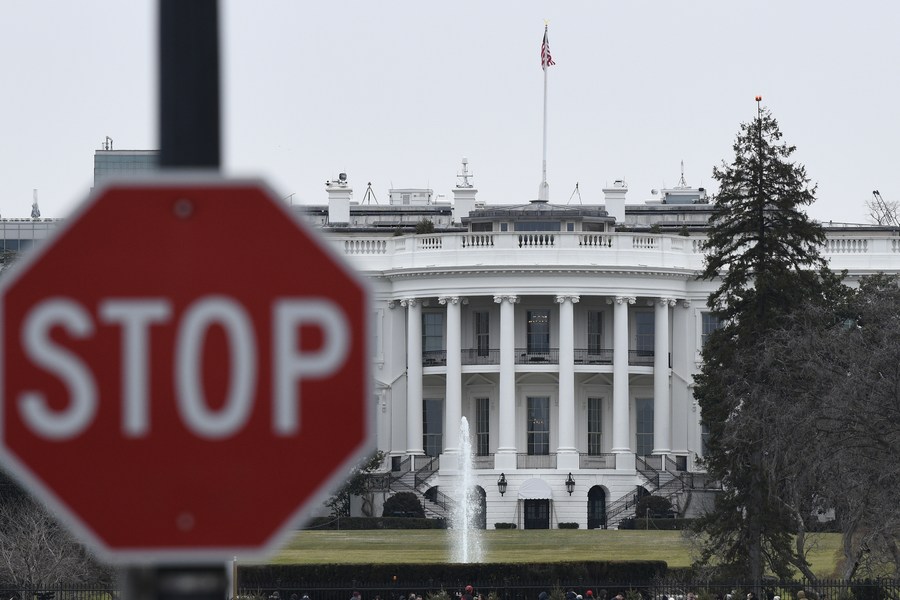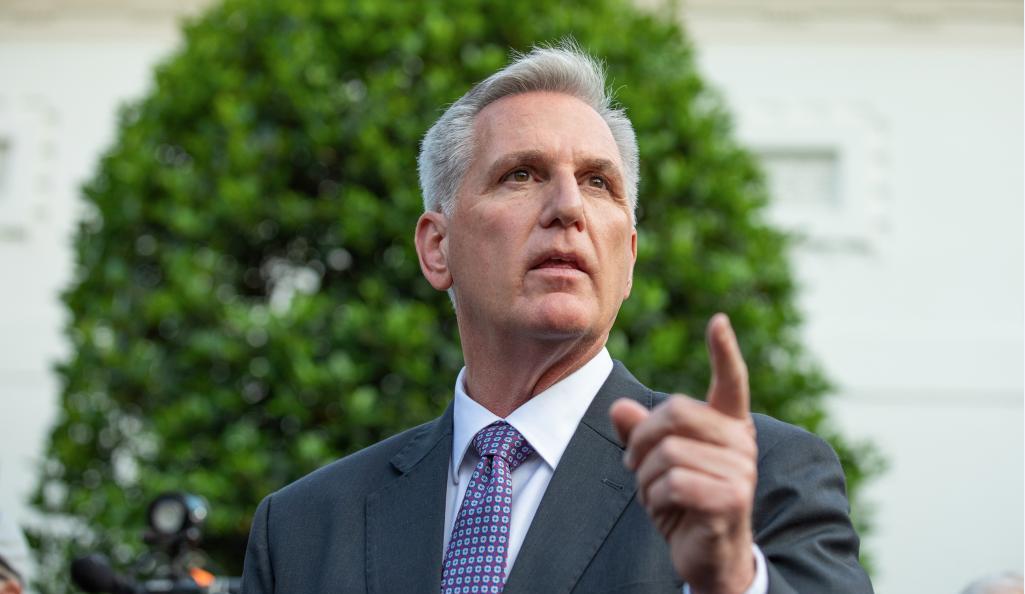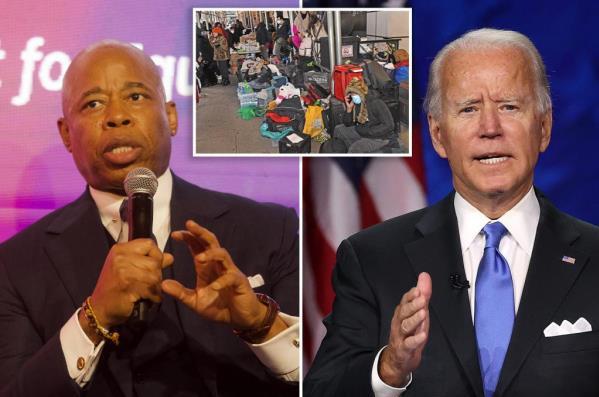A study on the fragility of the U.S. banking system found that 186 more banks are at risk of failure even if only half of their uninsured depositors decide to withdraw their funds, reported USA Today on Thursday.
A study on the fragility of the U.S. banking system found that 186 more banks are at risk of failure even if only half of their uninsured depositors decide to withdraw their funds, reported USA Today on Thursday.
"With the failure of three regional banks since March, and another one teetering on the brink, will America soon see a cascade of bank failures?" asked the report.
Bloomberg has reported that San Francisco-based PacWest Bancorp is mulling a sale, with its values down by large margins. Last week, First Republic Bank became the third bank to collapse, the second-largest bank failure in U.S. history after Washington Mutual, which collapsed in 2008 amid the financial crisis. Silicon Valley Bank and Signature Bank demised in March.
"Regional banks are failing because the Federal Reserve's aggressive interest rate hikes to tamp down inflation have eroded the value of bank assets such as government bonds and mortgage-backed securities," noted the report.
The Fed raised interest rates by a quarter of a percentage point on Wednesday in the 10th straight move in the fight against rapid inflation.
Most bonds pay a fixed interest rate that becomes attractive when interest rates fall, driving up demand and the price of the bond, according to the report. On the other hand, if interest rates rise, investors will no longer prefer the lower fixed interest rate paid by a bond, thus driving down its price.
Many banks increased their holdings of bonds during the pandemic, when deposits were plentiful but loan demand and yields were weak. For many banks, these unrealized losses will stay on paper. But others may face actual losses if they have to sell securities for liquidity or other reasons, according to the Federal Reserve Bank of St. Louis.
"The recent declines in bank asset values very significantly increased the fragility of the U.S. banking system to uninsured depositor runs," economists wrote in a recent paper published on the Social Science Research Network.
A run on these banks could pose a risk to even insured depositors -- those with 250,000 U.S. dollars or less in the bank -- as the Federal Deposit Insurance Corporation's (FDIC) deposit insurance fund starts incurring losses, the economists wrote.
Of course, this scenario would play out only if the government did nothing. "So, our calculations suggest these banks are certainly at a potential risk of a run, absent other government intervention or recapitalization," the economists wrote.
Tags:





Comment (0)
{{ comment.userNickname }}
{{ comment.createTime }}
{{ comment.content }}
Reply {{ comment.showChildren ? i18n.retract : i18n.expand }} {{ comment.totalChild }} Reply
{{ child.userNickname || i18n.anonymous }} {{ child?.relationUserNickname ? ` -> ${child.relationUserNickname}` : '' }}
{{ child.createTime }}
{{ child.content }}
Reply